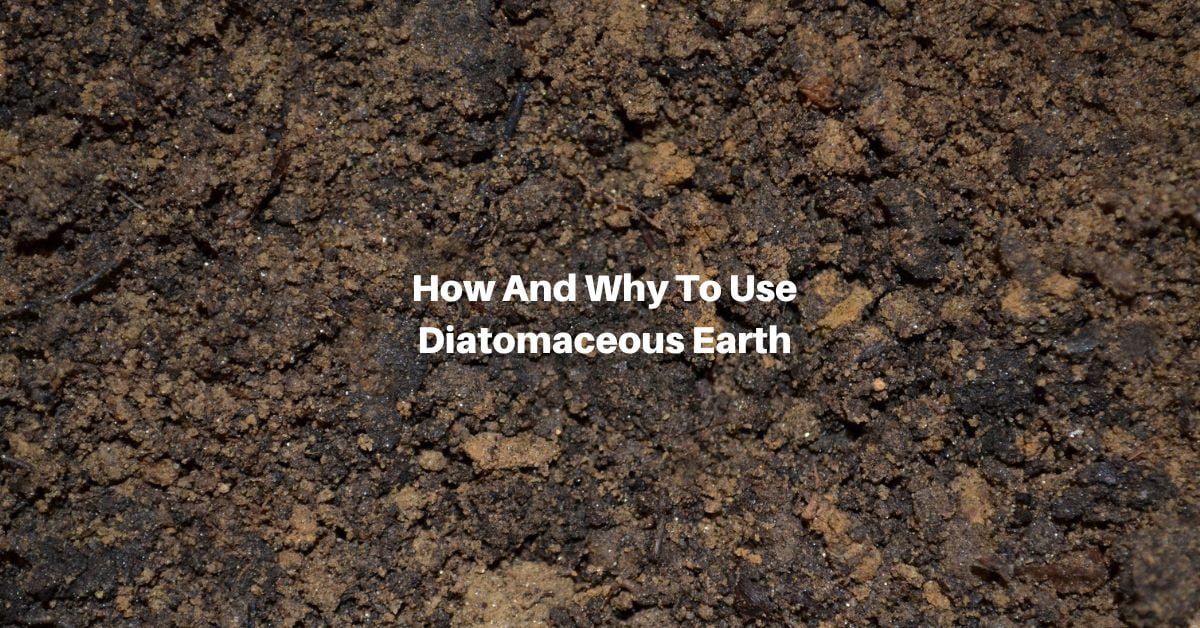Gardening can be even more enjoyable and fruitful with the use of natural, organic substances. One such substance is diatomaceous earth, a versatile product that offers numerous benefits to gardeners. It’s a natural, non-toxic, and cost-effective solution for several gardening problems.
What is Diatomaceous Earth?
Diatomaceous earth (DE) is a naturally occurring sedimentary rock made from fossilized remains of diatoms, a type of hard-shelled algae. These tiny aquatic organisms have existed for hundreds of millions of years, and their remains have formed massive deposits in the earth’s crust. Mined and ground into a fine powder, this substance is known as diatomaceous earth.
DE comes in two forms: food grade and pool grade. Food grade DE is safe for consumption by humans and animals; this is the type used in gardening.
Pool-grade DE, on the other hand, has been heat-treated and chemically processed to contain a higher amount of silica, making it suitable for industrial applications like water filtration but not safe for gardening.
Benefits of Using Diatomaceous Earth in Gardening
One of the primary benefits of DE is its effectiveness as a pest control solution. The microscopic sharp edges of DE can pierce the exoskeleton of insects, causing them to dehydrate and die. That makes it a great natural alternative to chemical pesticides, which can harm the environment and human health.
In addition to pest control, DE can improve soil health and plant growth. It’s rich in minerals like calcium, magnesium, and iron, essential elements for plant growth. DE can also improve the soil’s structure and water-holding capacity, promoting healthier and more vigorous plants.
Lastly, DE is non-toxic and safe for use in organic gardening. Unlike many chemical pesticides and fertilizers, it poses no risk to human health or the environment. This makes it an excellent choice for gardeners who want to grow their plants in a more sustainable and eco-friendly way.
How to Use Diatomaceous Earth in Your Garden
Using DE in your garden is simple. Start by purchasing food-grade DE from a reputable supplier. Then, wearing a mask to avoid inhaling the dust, lightly sprinkle the DE on the soil around your plants.
If you are dealing with an insect infestation, sprinkle the DE directly on the leaves of the plants. Particles will stick to the insects, gradually killing them by dehydration.
DE is most effective when it’s dry, so apply it on a dry day or after the morning dew has evaporated. If it rains, reapply the DE once the soil and plants have dried out.
Frequently Asked Questions
Many gardeners have questions about using DE in their gardens. Here are the two most common ones:
- Is DE safe for pets? Yes, as long as it’s food-grade. However, it’s best to prevent your pets from inhaling the dust.
- Will DE harm beneficial insects? Unfortunately, DE does not discriminate between pests and beneficial insects. Only apply DE to areas where you’ve noticed a pest problem to minimize damage to the insects you do want.
Diatomaceous earth is a versatile, safe, and organic choice for gardeners. Whether you’re dealing with pesky insects or trying to improve your soil health, it could be the solution you’re looking for. So why not give it a try in your garden? You might be surprised by the results!









